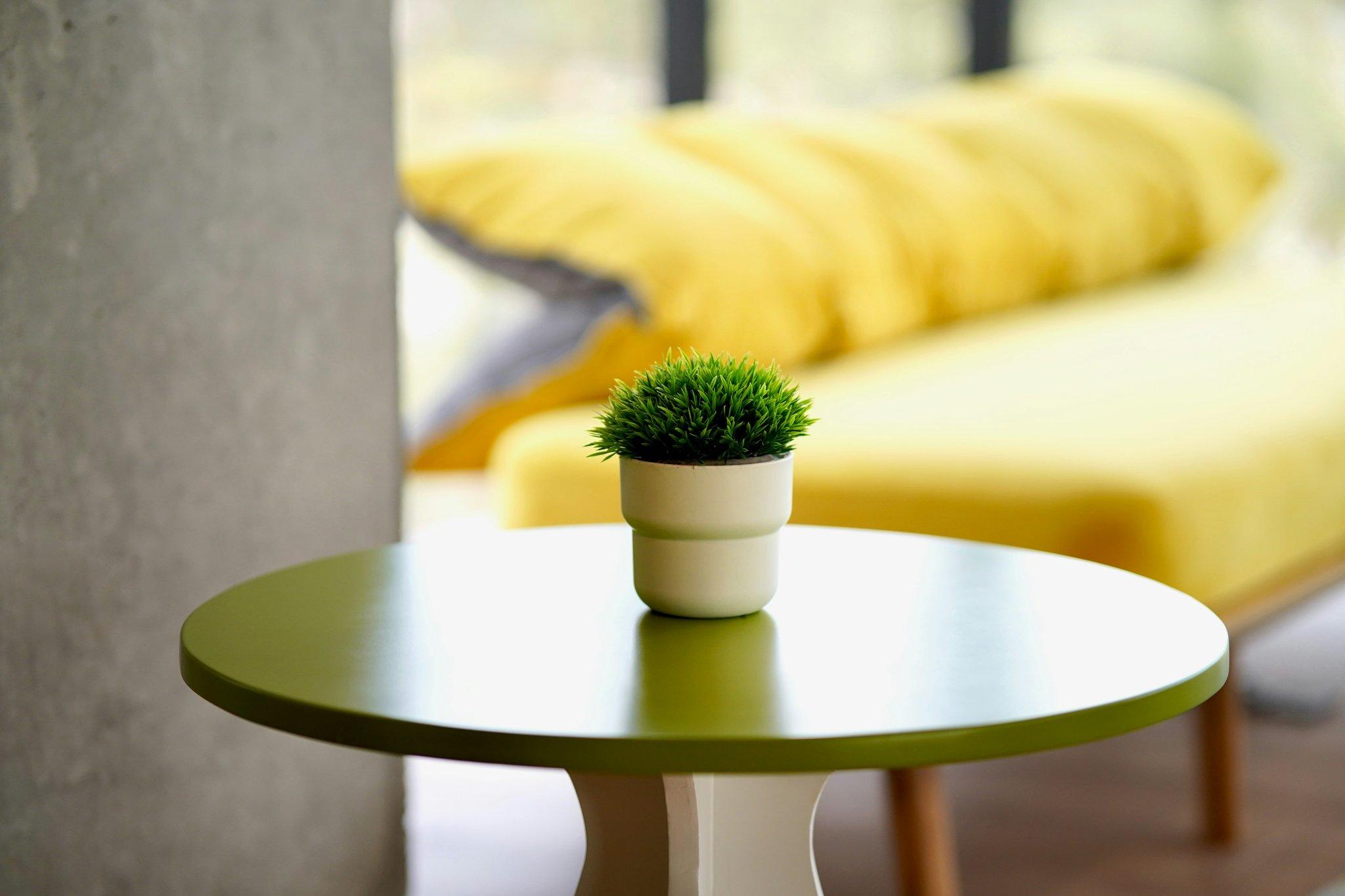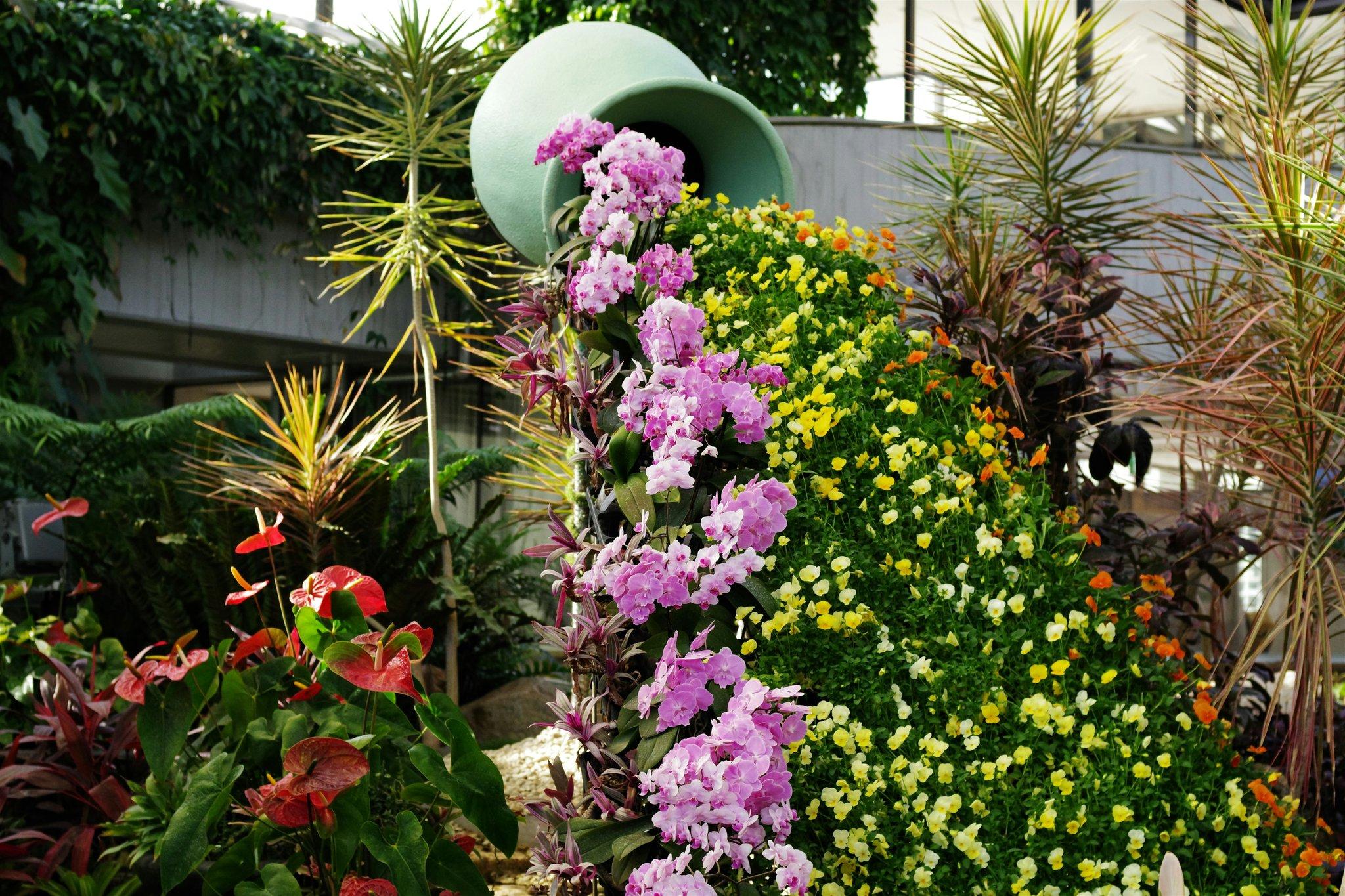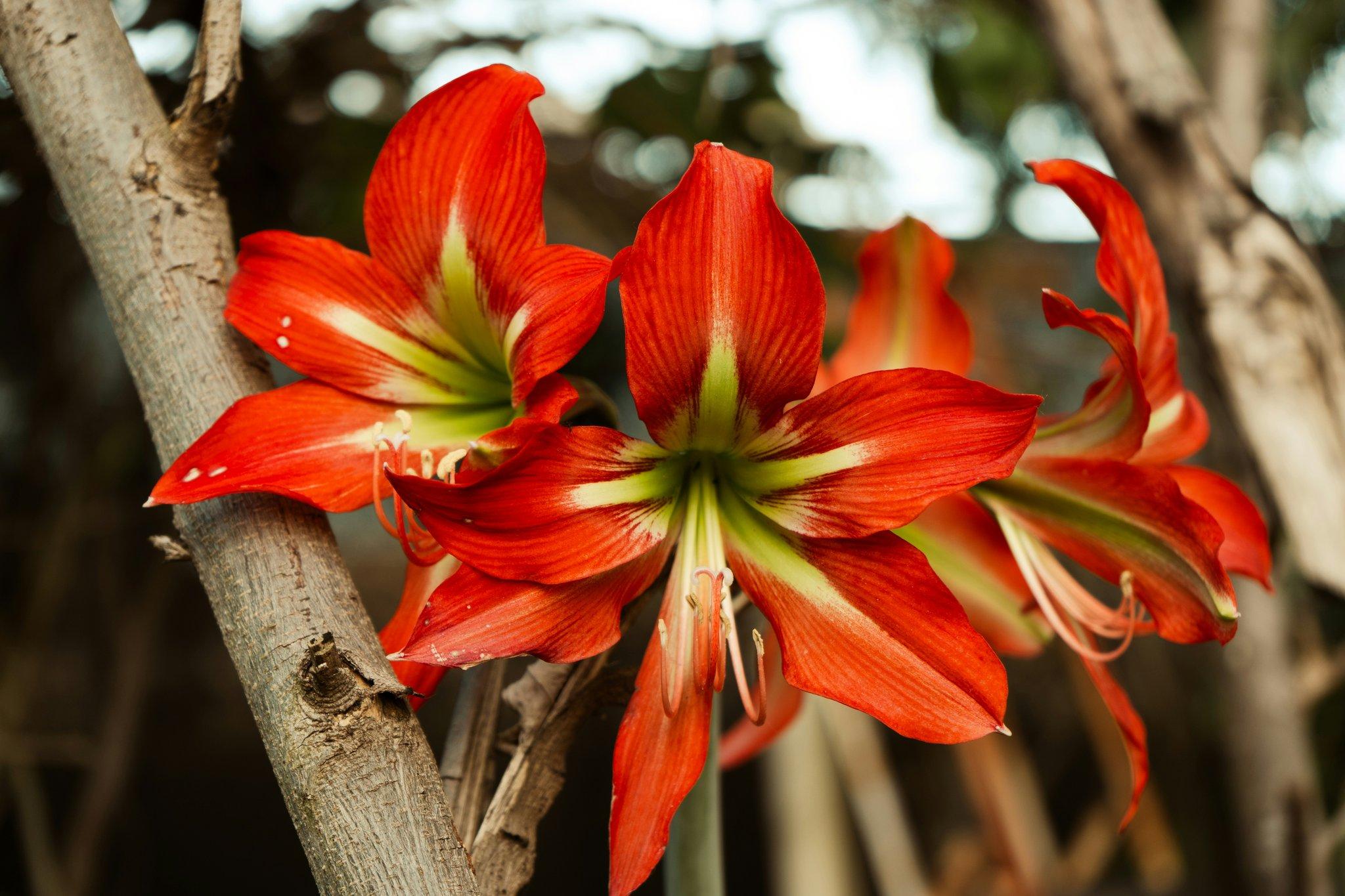Ever stared at a bouquet of flowers and thought, “Could these be more than just decor?” If you answered yes, you’re not alone. Many beauty enthusiasts are turning to organic centerpiece flowers as a way to enhance their skincare routines and bring nature’s touch into their homes. But how do you pick the right ones? And what even makes a flower “organic”? Don’t worry—we’ve got you covered.
In this post, we’ll walk you through why organic centerpiece flowers matter, how to select them, tips for incorporating them into your beauty routine, and examples of real people using floral magic to transform their skin. Ready to bloom? Let’s go!
Table of Contents
- Why Organic Centerpiece Flowers Matter
- Step-by-Step Guide: Choosing Your Organic Centerpiece Flowers
- Pro Tips for Using Organic Flowers in Skincare
- Real-World Examples & Success Stories
- Frequently Asked Questions About Organic Centerpiece Flowers
Key Takeaways
- Organic centerpiece flowers aren’t just decorative—they provide natural benefits for skincare.
- Selecting pesticide-free blooms is crucial for both environmental health and personal use.
- Lavender, rose, and chamomile are top contenders for adding beauty boosts to your space.
- Avoid overly processed or dyed petals when aiming for organic options.
- Florals can double as DIY skincare ingredients—think lavender-infused oils or rosewater toners.
Why Organic Centerpiece Flowers Matter
Let me start with a confession: I once bought what looked like gorgeous sunflowers from a local grocery store without checking if they were organic. Big mistake. Turns out, those vibrant yellows were hiding synthetic dyes and pesticide residues that I didn’t want anywhere near my skin. Oof.
When it comes to centerpiece flowers, organic means no harmful chemicals were used during growing or harvesting. This matters because, let’s face it, nobody wants toxins lingering around their dining table—or worse, getting absorbed through their skin. Plus, choosing organic supports sustainable farming practices, which helps our planet stay green (literally).

From a sensory perspective, think about the difference between inhaling fresh-cut gardenia versus something sprayed down with weird chemical preservatives. One smells heavenly; the other… well, like regret wrapped in cellophane. Chef’s kiss for clean florals, amirite?
Step-by-Step Guide: Choosing Your Organic Centerpiece Flowers
Optimist You: *“This will be so easy!”*
Grumpy Me: *“Only if coffee’s involved.”*
Finding the perfect centerpiece flowers might sound daunting, but here’s a straightforward plan:
Step 1: Know the Source
Pick flowers grown locally or certified organic. Look for labels like USDA Organic or ask vendors directly where their stems come from. Trust me, a little upfront research saves you from accidentally buying faux-natural posies.
Step 2: Think Skin-Friendly Blooms
Not all flowers play nice with skin. Safe bets include lavender (anti-inflammatory), rose (hydrating), and calendula (soothing). Avoid anything too exotic unless you know its properties inside-out.
Step 3: Consider the Room
Where will your centerpiece flowers live? A kitchen setup calls for herbs like mint or basil along with edible flowers like nasturtiums. Meanwhile, bedrooms benefit from calming scents like jasmine or lilac.
Step 4: Keep Sustainability in Mind
Choose reusable vases or biodegradable containers for eco-friendly displays. Bonus points if the flowers themselves last longer—hello, dried lavender bundles!
Pro Tips for Using Organic Flowers in Skincare
- Rose Water Magic: Spritz rosewater over your face after cleansing for extra hydration.
- Chamomile Baths: Scatter dried chamomile petals into a warm bath for relaxation perks.
- Lavender Oil Blends: Mix a few drops of organic lavender essential oil with coconut oil for an overnight glow mask.
Terrible Tip Disclaimer: Do NOT try soaking random backyard weeds in olive oil and slathering them on your face. Some plants cause irritation—not exactly the “glow up” you’re aiming for.
Real-World Examples & Success Stories
Case Study Alert! Sarah, a wellness blogger based in Portland, recently shared her journey of switching to organic centerpiece arrangements featuring chamomile and eucalyptus. She noticed an improvement in indoor air quality and fewer breakouts during allergy season. Coincidence? Maybe. Magical botanic powers? More likely.

Frequently Asked Questions About Organic Centerpiece Flowers
Are All Organic Flowers Safe for Direct Skin Contact?
Nope! While organic often implies safer, some blooms still contain natural irritants. Patch test new florals before applying extracts directly to your skin.
Can I Use Dried Organic Flowers in My Routine?
Absolutely! Dried versions retain many beneficial compounds. Try infusing baths or making DIY potpourri sachets for closets.
Where Can I Buy High-Quality Organic Centerpiece Flowers?
Farmers markets, specialty online retailers, and even certain Whole Foods locations stock excellent choices. Always check certifications!
Conclusion
We’ve bloomed together through understanding why centerpiece flowers shouldn’t just sit pretty—they should work hard for your beauty needs! From sourcing tips to inventive skincare ideas, there’s no shortage of ways to embrace organic florals.
Remember, perfection isn’t the goal—it’s about finding joy in simple connections between nature and self-care. Now get out there and build yourself a stunning, skin-loving centerpiece!
Oh, and one last thing: Like a Tamagotchi, nurturing your relationship with organic flowers requires daily care—but trust us, it’s worth every petal.


